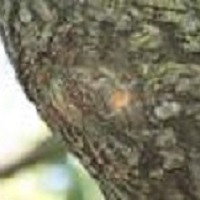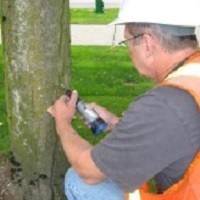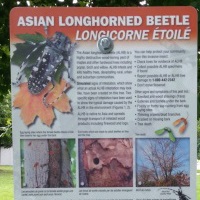Plant pest surveillance
The surveillance of plant pests and invasive plants supports plant health by detecting new pests and by monitoring the spread of established pest populations. Annual plant health surveys are conducted across Canada to detect and monitor regulated plant pests, including insects, diseases, and invasive plants.
On this page
Annual survey reports
Plant health surveys are an important part of control and eradication programs. They are required to maintain claims of "pest-free" or "disease-free" status of an area, to detect new populations of quarantine pests and to delimit populations. They also support import, export, and domestic regulatory programs and sound regulatory decisions.
Current year
Survey report (2023-2024) : this report is being updated on an on-going basis.
Previous years
- Survey report (2022-2023)
- Survey report (2021-2022)
- Survey report (2020-2021)
- Survey report (2019-2020)
- Survey report (2018-2019)
- Survey report – Previous years
- 2021 British Columbia Japanese beetle survey report
Survey methodology
More information on survey methods can be found in the annual reports. To receive a copy of our pest survey protocols, send us an email.
Visual survey
Survey to inspect for signs or symptoms of a pest's life stages, the physical damage it produces or a plant physiological response to its attack.
Trapping survey
Survey that uses chemical attractants (host kairomones or pheromones) to trap specific target pests in a given area.
Sampling survey
Samples from the pest, affected plant or from soil are collected and submitted to a laboratory for analysis.
Rearing survey
Collection of suspect host material placed in a suitable environment to detect pests as they emerge from their larval habitats.
Plant pest identification resources
Various survey tools have been developed to help inspectors, partners, stakeholders and the general public to identify plant pests of concern. The detection of pests not known to occur in Canada or regulated pests outside of the regulated area must be reported.
Invasive species factsheets
Resources for printing and promoting
Training guides
- Emerald ash borer biosurveillance guide
- Invasive plant field guide
- Field guide to jewel beetles (Coleoptera: Buprestidae) of Northeastern North America
- Exotic forest insect guidebook
- Training guide: Detecting signs and symptoms
Simulation or training in local municipalities
Training sites with simulated signs of an asian longhorned beetle attack have been set up in various locations in Canada. Information on how to identify the pest is placed next to a replicated infestation.
If you are interested in having an asian longhorned beetle simulation site set-up in your municipality, send us an email.
Contact us
For more information, contact the Plant Health Surveillance Unit.
We coordinate the national survey program, including:
- design new surveys
- refine survey techniques and tools
- foster collaborative surveillance and research
- provide training, technical support and surveillance tools maintain the national repository of survey data
- develop national survey protocols, outreach products, and information sheets
- lead community science projects for priority pests
- Date modified:


